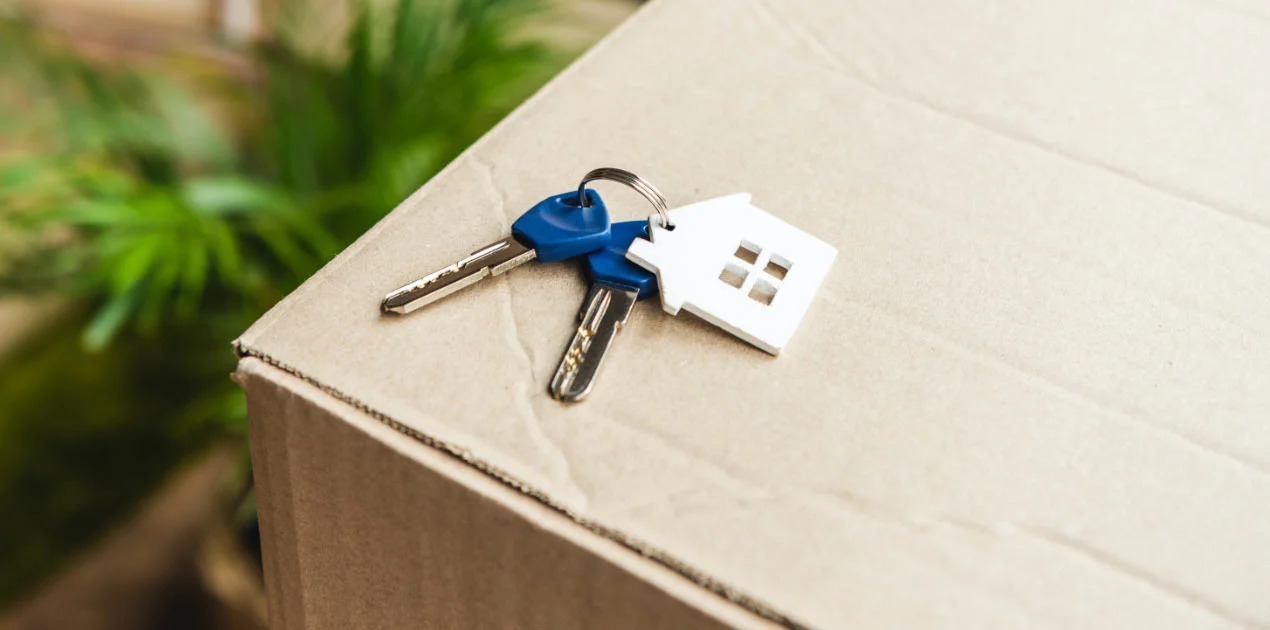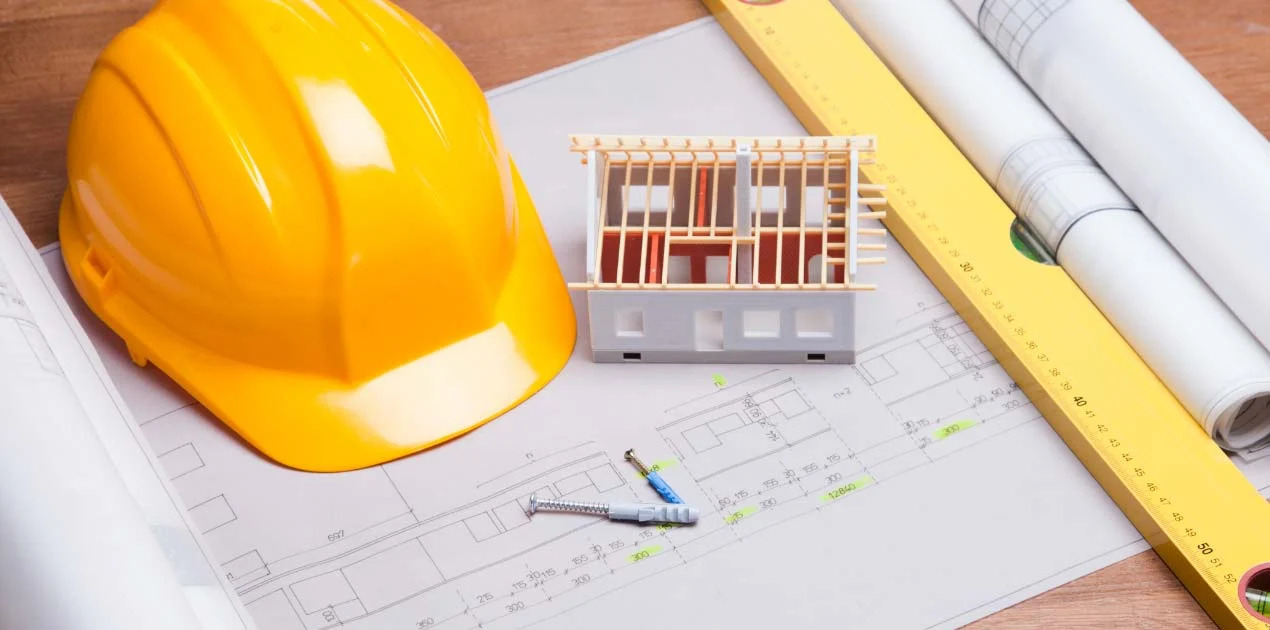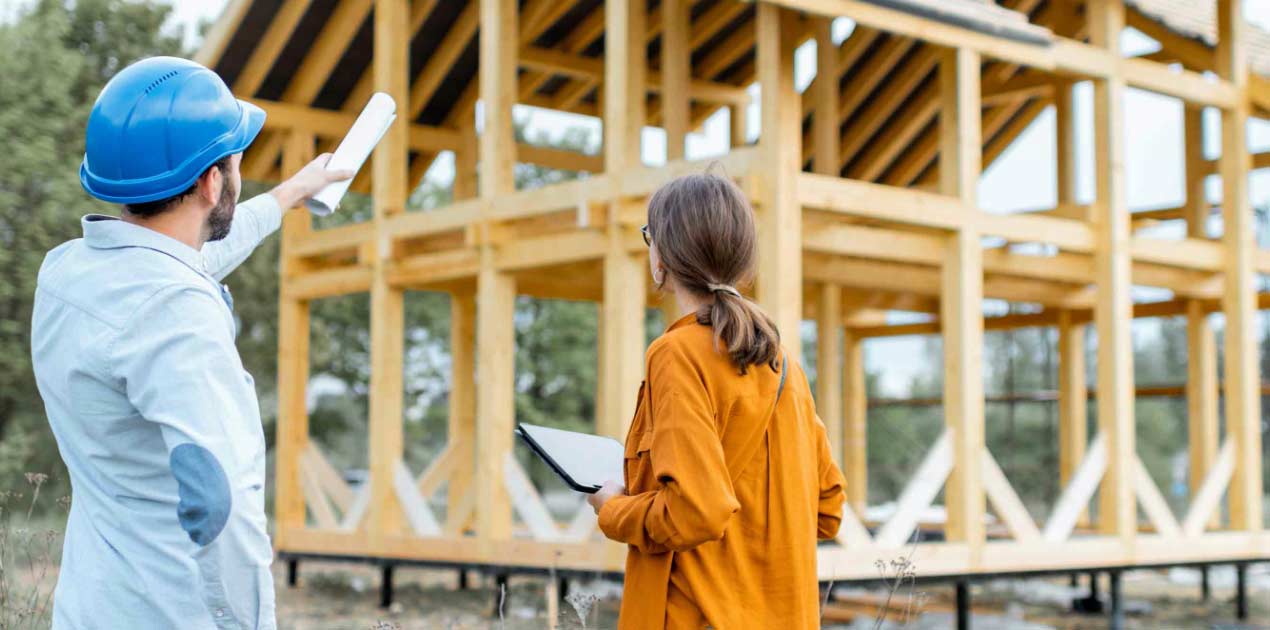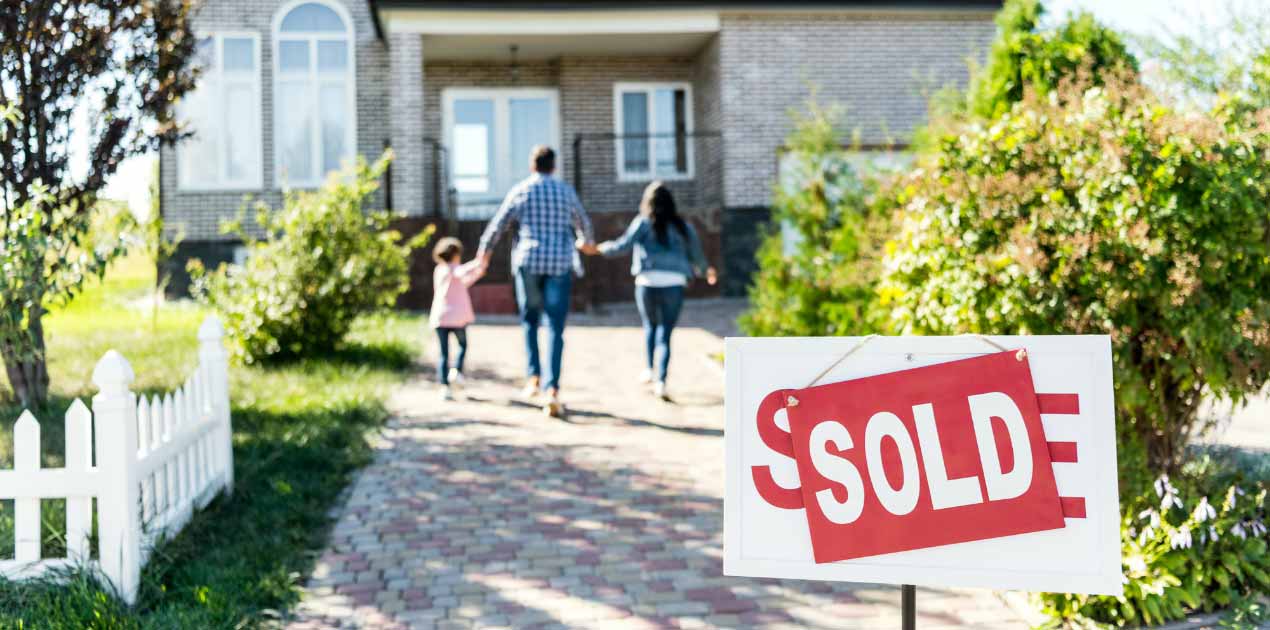Whether you’re a first-time buyer, a seasoned investor, or just someone who loves to dream about their next home, there’s no shortage of stories, stats, and predictions to explore.
Recently, we’ve seen some intriguing shifts in Melbourne’s housing dynamics that are worth a closer look.

So, what’s been happening? Let’s start with the basics. Melbourne’s median dwelling prices have seen a modest rise – 0.5% in March, to be precise, according to the CoreLogic Home Value Index.
Over the past year, however, dwelling prices have taken a slight dip, but zoom out to a decade-long view, and you’ll see an impressive 45.6% growth. It’s a reminder that property is a long game – those peaks and troughs smooth out when you are patient enough to let it happen.
Median house rents climbed by 2.2% over the past year, with unit rents going up slightly more at 2.7%. Rental yields hover at around 3.7%, making Melbourne comparable to cities like Brisbane and Adelaide for cash flow, according to CoreLogic.
But here’s the kicker – Melbourne’s prices remain relatively affordable compared to some of its neighbouring capital cities. That affordability has been drawing the attention of buyers who might once have considered Sydney or Brisbane instead.
A key trend shaping this momentum is the broader economic landscape. February’s rate cut certainly gave the market a nudge, sparking renewed interest among buyers and sellers alike.
But there’s more to the story. Factors like housing stock availability, property taxes, and employment levels have all played their part in tempering Melbourne’s price growth compared to other Australian cities.
Interestingly, we’re also witnessing renewed investor activity. Rental yields have improved over the past few years, even as property prices have remained relatively steady. That’s a formula that appeals to savvy investors looking to make the most of their dollar.
They’re asking the big question: where’s the next gem in Melbourne’s sprawling suburbs? And it turns out, there are plenty of areas with potential waiting to be discovered. Whether you’re talking about Tullamarine-Broadmeadows, Dandenong, or the ever-popular Hobsons Bay, each pocket has its own flavour and investment promise.

At the same time, distressed property listings – a bellwether for market conditions – have shown a slight rise both month-on-month and annually, according to SQM Research. It’s a good reminder that while some areas might be bouncing back, others are still navigating some challenges.
Ultimately, Melbourne’s property market is a rich tapestry – full of surprises, trends, and opportunities for those willing to look. Whether you’re buying a home, investing, or just watching from the sidelines, there’s no denying the city’s ongoing appeal and investment potential.
Top 10 Greater Melbourne Suburbs with Highest Annual Growth (CoreLogic)
- Tullamarine – Broadmeadows, North West: Median Value $680,326, Annual Change +1.7%
- Casey – North, South East: Median Value $825,517, Annual Change +1.0%
- Casey – South, South East: Median Value $760,114, Annual Change +0.6%
- Dandenong, South East: Median Value $736,607, Annual Change +0.5%
- Hobsons Bay, West: Median Value $862,128, Annual Change +0.3%
- Cardinia, South East: Median Value $729,348, Annual Change -0.1%
- Melton – Bacchus Marsh, West: Median Value $631,102, Annual Change -0.3%
- Whitehorse – West, Inner East: Median Value $1,203,416, Annual Change -0.4%
- Keilor, North West: Median Value $956,237, Annual Change -0.4%
- Frankston, South East: Median Value $746,774, Annual Change -0.5%














